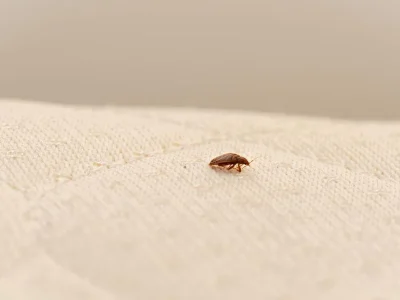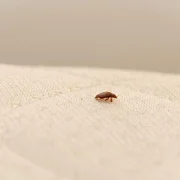A clogged sewer line is every homeowner’s worst nightmare. When the main sewer line gets blocked, wastewater can back up into your home causing flooding, damage, and an extremely unpleasant mess. Clearing a clogged sewer line is not a DIY job for the faint of heart. It requires mechanical augers, high-pressure jetters, and root-destroying chemicals. Calling a professional plumbing service is highly recommended. However, if you want to attempt tackling the clog yourself, this guide will walk you through the basic steps. With the right gear, a little know-how, and some serious elbow grease, you may be able to get things flowing freely again. But be warned – it’s a dirty job.
Locate the cleanout
All main sewer lines have a cleanout access point, usually found in the front yard where the lateral line meets the main. Other possible cleanout locations are the basement, crawlspace, or where lines exit the home. If you can’t find the cleanout yourself, a professional plumber can use a sewer camera to locate it. Use your shovel to carefully expose the buried cleanout cover. The plug will be made of plastic or metal. Loosen it slowly by turning it counter clockwise. Be ready for wastewater to start pouring out. Have a bucket and towels on hand to keep things contained and cleaned up. If no water comes out, use a store-bought drain cleaner solution to try and clear any minor accumulation before snaking.
Snake the line
For stubborn clogs, the go-to tool is the electric drain auger or hand-crank sewer snake. Feed the rotating snake cable into the exposed cleanout and push it down the pipe until you hit resistance. This likely means you’ve reached the clog. Crank the handle clockwise while applying firm pressure to drive through the blockage. Keep feeding more cable to work the snake back and forth to break up the clog fully. Rotate slowly to prevent damage to pipes check out here baysideplumbing.com.au.
Let the machine do the hard work, don’t force it. If you encounter roots, use the spinning blade attachment to shred through them. Once the cable moves smoothly past the clogged area, retract it slowly while continuing to rotate. This will hook debris and pull it out. Be prepared for some very unpleasant sights and smells once the clog is dislodged! Have discharge buckets, old rags, gloves, and face mask ready. Once wastewater starts flowing freely, use a hose to wash any remaining debris down the line. Rinse your equipment thoroughly before storing it. Pour some enzyme bacterial treatment down the line weekly to aid decomposition and prevent future buildup.
High-pressure jetter
For the toughest clogs and root masses, a professional-grade high-pressure jetter may be required. This powered machine pumps high-velocity water through a narrowed tip to deliver up to 5000 PSI of blasting force. This can scour and cut through almost any obstruction.
Renting a jitter requires some skill and experience to operate safely. Always start with lower pressures and work up as needed. Insert the Jetter hose about 3 feet into the sewer line and turn on the water. Let it penetrate the clog for several minutes before pulling back and moving forward again. Applying this intense water churning in short bursts prevents pipe damage. Use caution not to spray yourself which can cause injury.












Comments